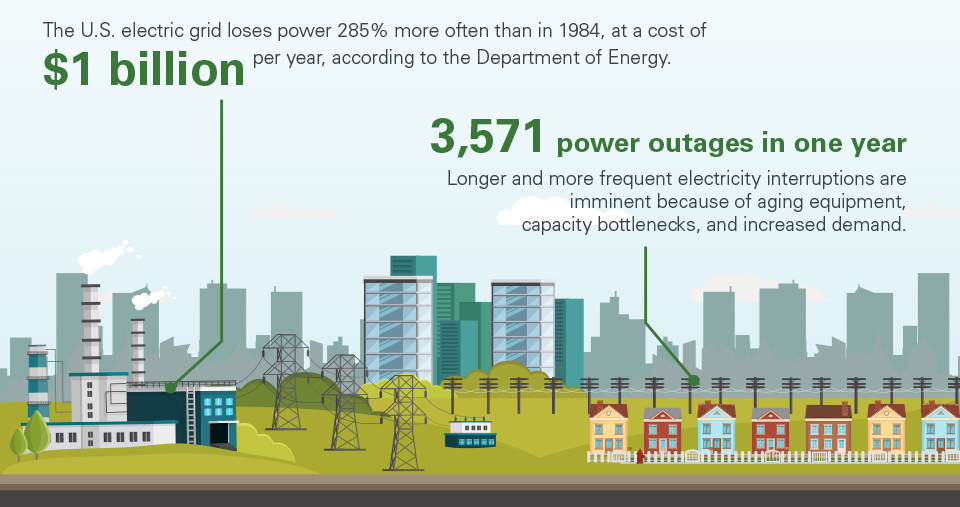Educational October 2019
California’s inhabitants have seen many dry seasons over the years, but this fall seems especially problematic for residents of the Golden State. Earlier this week, Pacific Gas & Electric stated a condition of unprecedented wildfire danger. Hundreds of thousands of customers were scheduled to lose power in their homes. This measure is set to affect households in over 34 counties in northern, central and coastal California.
This preventative measure is aimed to protect citizens against the threat of electrical equipment overheating, potentially causing widespread wildfires, during extremely dry and windy conditions. Since PG&E cannot turn the power back on until all equipment has been thoroughly inspected and repaired, the power outage could last up to five days – or longer.
This power outage will have several negative repercussions on all affected communities. In this time of need, it is only natural to ask: could this situation have been avoided? As Libby Schaaf, mayor of Oakland said: “This is the type of interruption to our lives that should not happen. This type of interruption is not acceptable. We are going to do it because we believe it is in the interest of the safety of the people, but we have got to do better.”
People were warned to drive slowly during these cautious times, since roads may be closed, and traffic lights could be out in some areas. However, a portion of California’s streets will remain fully functional regardless of these changes. This is in part due to the state’s adoption of renewable energies to power public lighting, and in some cases, solar-powered street and park lighting.
It’s no secret that California gets a lot of sun. The Golden State has an impressive average of around 300 sunny days per year. Knowing this, it makes perfect sense to tap into this renewable resource for part of the demand for energy. This turn towards sustainable, self-reliant technologies could be the solution to alleviate the growing power demands from the grid in the long run.
One aspect of the problem can be assessed by looking at the country-wide power grid and its current structural state. According to the US department of energy, about 75% of US transmission lines and transformers are 25-plus years old—at or past the end of their useful life. While it is true that investing in more efficient, renewable technology requires an initial investment, it offers a longer-sighted vision of this global problem. By choosing a reliable, low-maintenance solution, municipalities can avoid the growing costs and frustrations of aging infrastructure, high maintenance bills and urgent reactive measures.

An Info-graphic explanation of power grid costs and interruptions with age and wear.
Municipalities around the world can certainly stay bright during emergencies and when power is cut. By choosing to install gridless infrastructures to power lights, municipal-owned utilities will experience fewer blackouts on average than investor-owned utilities, according to the US Energy Information Administration. Switching municipal-owned streetlights to solar means cities would avoid blackouts and brownouts altogether.
It is small decisions like these that can make a big impact on the lives of affected civilians, especially when contrasted with the current state of emergency many are facing today. By making sure that the streets are always safe and reliable to drive, communities will ensure better availability of basic resources, which could be otherwise compromised.
